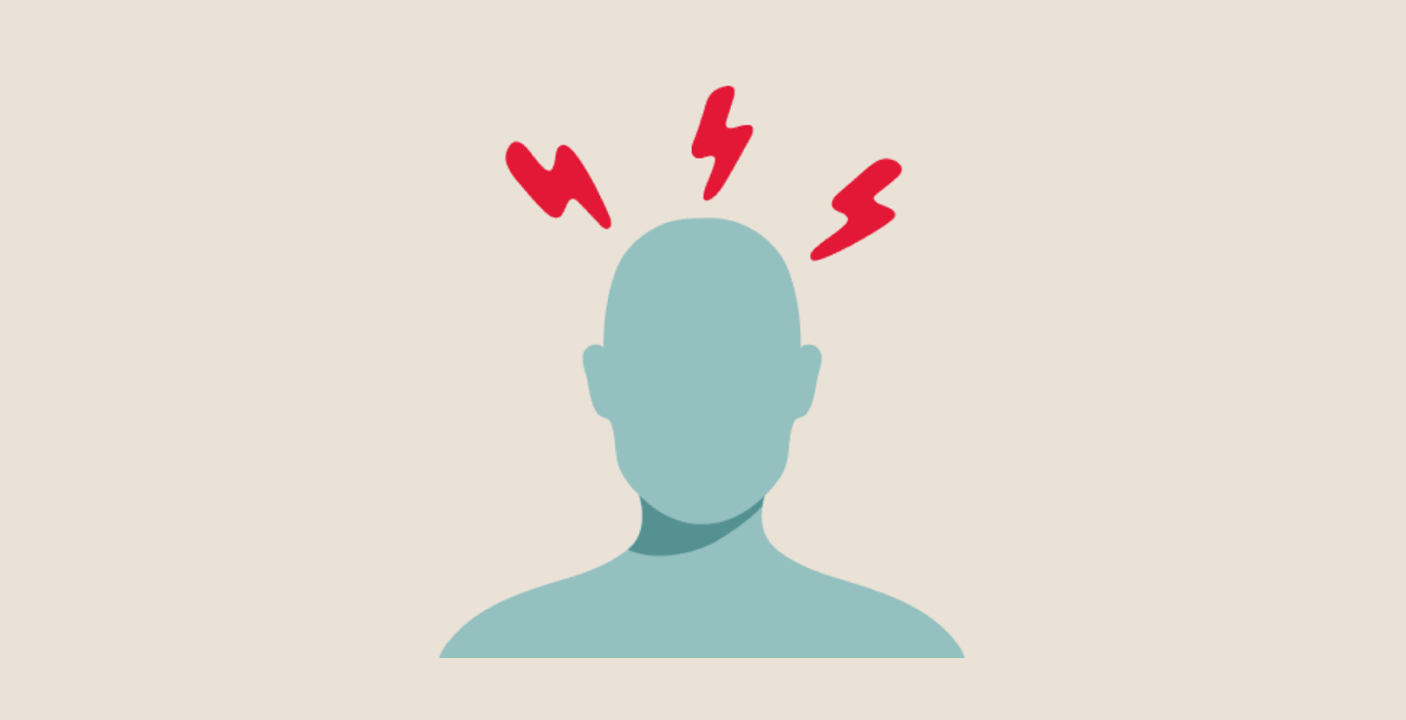More than 9 in 10 adults will experience a headache at some point and 2 in 3 children will have a headache by the age of 15.
Knowing how to spot a tension headache, the most common type of headache, can help you treat and maybe even avoid them in the future.
What causes a tension headache?
Not sleeping enough

Drinking alcohol
Clenching your jaw
Skipping a meal
Stress, depression or anxiety
Straining your head or neck muscles
When to call your doctor about your headache
+2 headaches per week
A sudden, severe headache possibly accompanied by a stiff neck/fever
You feel confused, short of breath, weak, are experienceing loss of vision or lose consciousness
Your pain get worse over a period of time past a few days
If you have a headache after a head injury
Your headache is triggered by exertion, coughing or bending
You have persistent/severe vomiting not caused by another disease
If you have a persistent, nonstop headache (and usually don’t get them)
Not every tension headache means you have to call your doctor, but they can be a sign of a more serious issue that needs care. Please talk to your physician about your symptoms to get the treatment you need.
Tension headache checklist
Dull, aching head pain
Sensation of tightness or pressure across your forehead or on the sides and back of your head
Tenderness on your scalp, neck and shoulder muscles
The feeling of being stressed, depressed or anxious (happens to us all sometimes)


